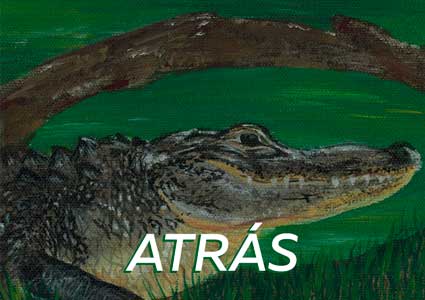
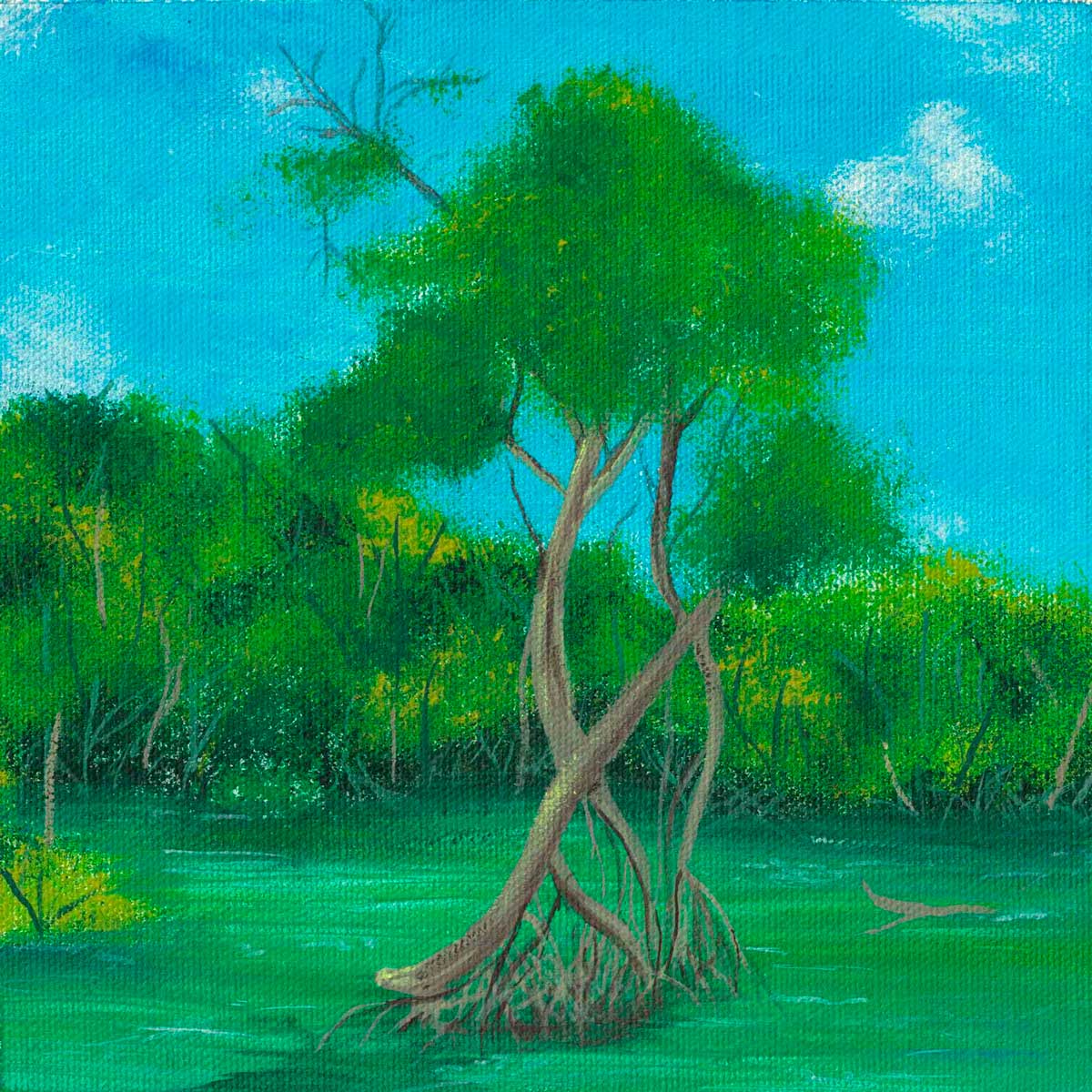
Mangrove Swamp
There are 4 species that we can observe in this area:
White Mangrove (Laguncularia racemosa): It is a bush that measures up to 8 meters, it can develop pneumatophores, which are the small "straws" that come out of its roots and help it breathe between floods.
Its seed germinates when it is still in the fruit, then it falls into the water and floats until it finds a place to root.
It is currently considered a threatened species.
Red Mangrove (Rhizophora mangle): It's adapted to saline environments, among other types of mangrove it is the one that tolerates the highest salinity levels. Its roots look like stilts, allowing it to stabilize on muddy planes.
It’s a refuge for several species of animals. Some of its uses are to be timber, medicinal, tanning, for construction and honey.
Black mangrove (Avicennia germinans): Its name is given by the color of the trunk. Often, it's found with the red and the white mangrove, because the three of them work together to stabilize the shoreline and dampen the effect of the tides.
They serve as feeding, birth and breeding areas for a great variety of terrestrial and aquatic fauna.
It is used to make firewood and charcoal; in carpentry it is used to make posts, piles, beams and the tannin from the bark has been used to tan leather.
Button Mangrove (Conocarpus erectus): It can grow up to 10 meters high. Its branches are fragile and at the base of each leaf it has two salt glands.
Due to their relevance to biodiversity, the 4 species are protected by the Official Mexican Standard NOM 059.
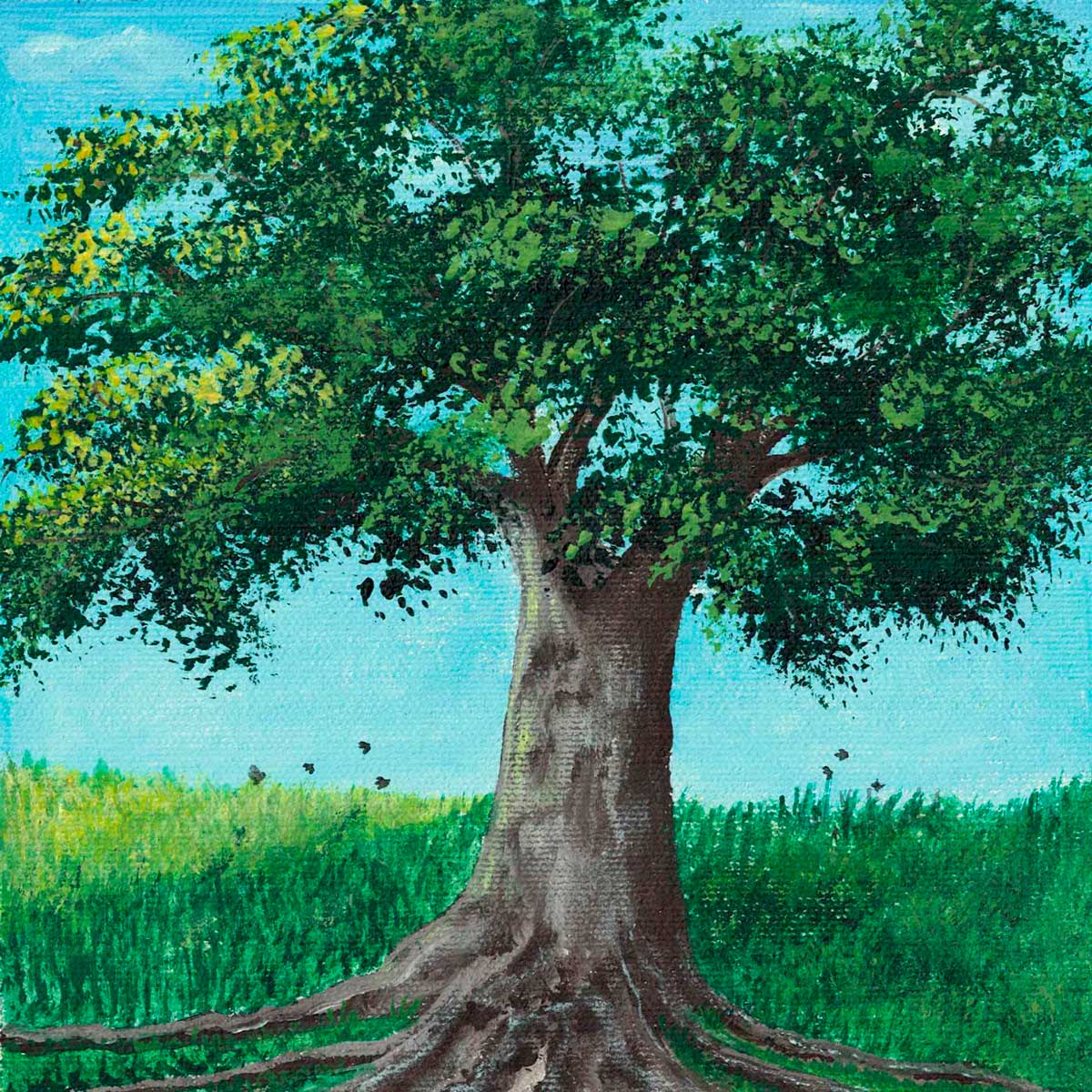
Ceiba
The Ceiba, it’s a magical tree! In the Mayan worldview, its roots are the entrance to the underworld; its base, the place of living beings and in its branches rests the dwelling of the gods.
This large tree can grow up to 70 m. tall. Its trunk is solid, thick and straight cylindrical, with large and well developed buttresses, covered by numerous strong conical spines.
In Mexico we can find from the south of Tamaulipas to the Yucatan Peninsula and on the Pacific slope, from Sonora to Chiapas.
The seeds are used for Mayan gastronomy, if the bark is cooked it helps in wound healing, rheumatism and as an antispasmodic.
Its leaves have camphor, so it helps to relieve burns, toothaches, etc.
Formerly the Mayans determined the fertility of the crops, according to the amount of leaves that it gave during the summer.
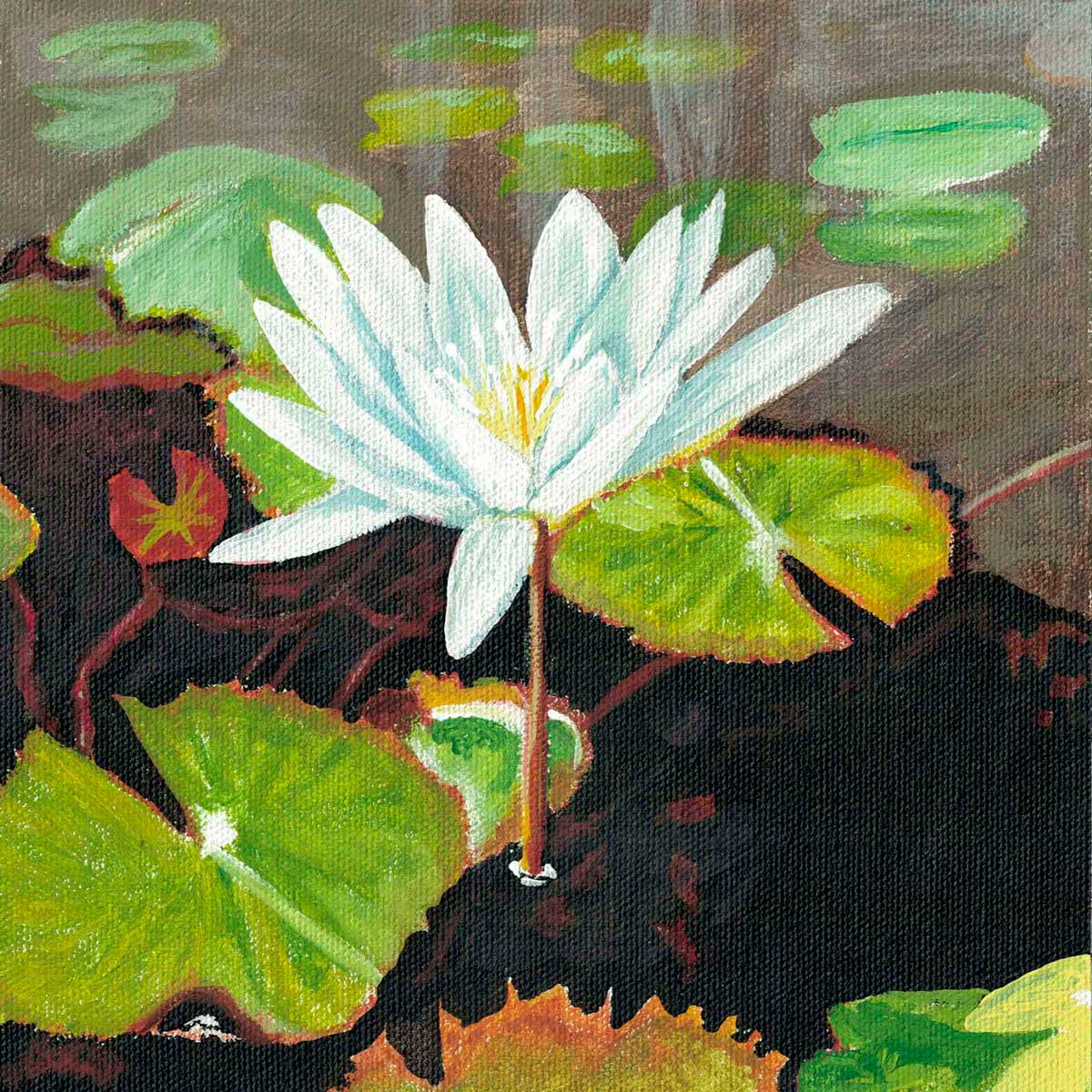
Lotus Flower or Water Flower
This beautiful flower known as the Lotus Flower, keeps in its beauty, a love story.
Nicté-Ha and Chak Tzitzib fought for their love to survive. During the night she sleeps, but at dawn she becomes the beautiful lotus flower, so her lover appears as a red bird, and visits her to sing.
These flowers provide food for nearby bees and can be used for pond water treatment as they improve water quality by absorbing nutrients.
Enjoy each morning with the sweet awakening of these beautiful flowers, well known as Sunwater or Nicté-Ha.
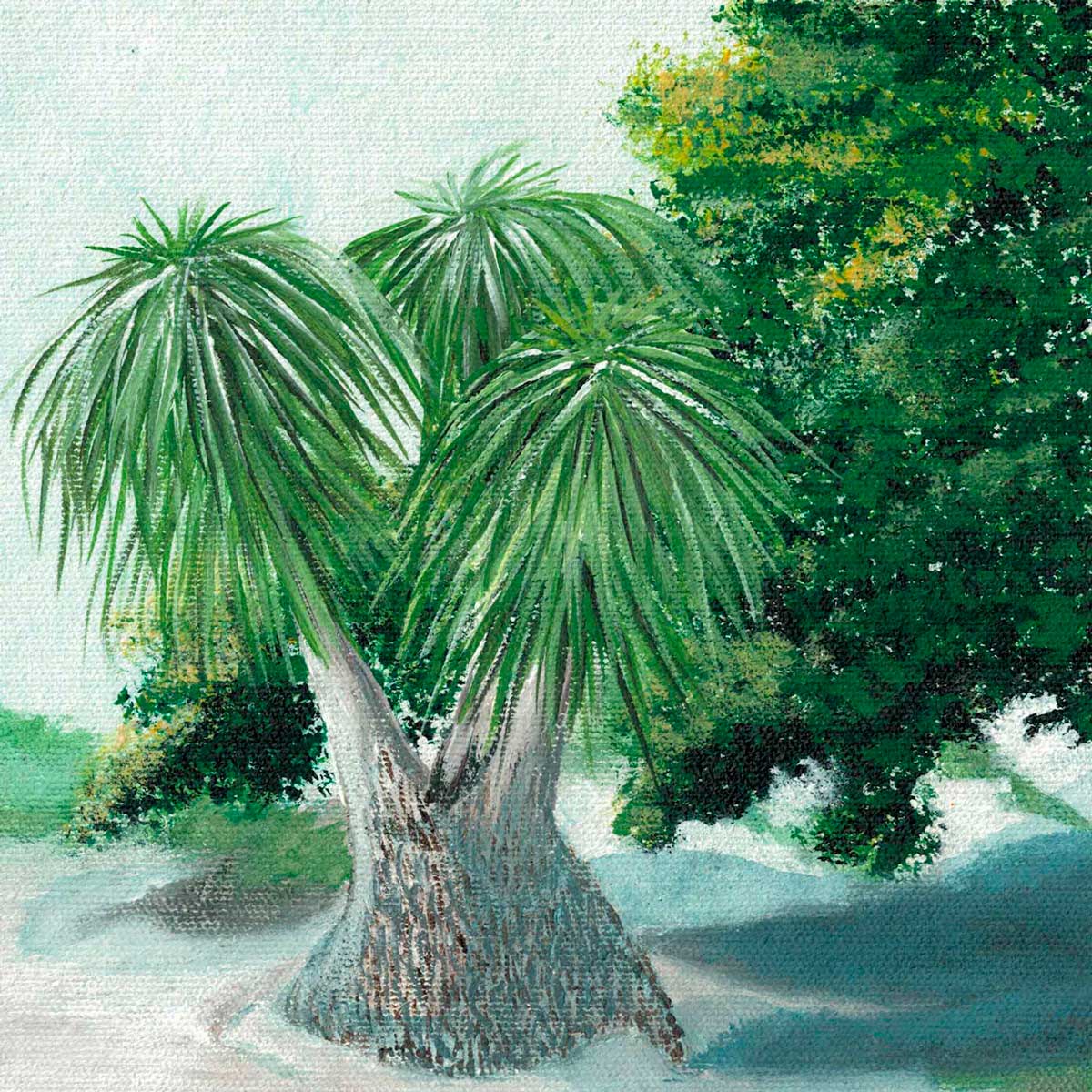
Disheveled,Elephant Foot
It can be found in the jungles of the Yucatan Peninsula, it’s native and "endemic", which means you won't see another one like it anywhere else in the world.
Although it is considered as an ornamental plant, they are cataloged within the NOM 059, - Official Mexican Standard- which protects threatened or endangered species.
Its trunk takes many years to grow and it has the ability to adapt to places where there is not much water, and it can survive drought, so its favorite place to grow is the low jungle, in very dry areas.
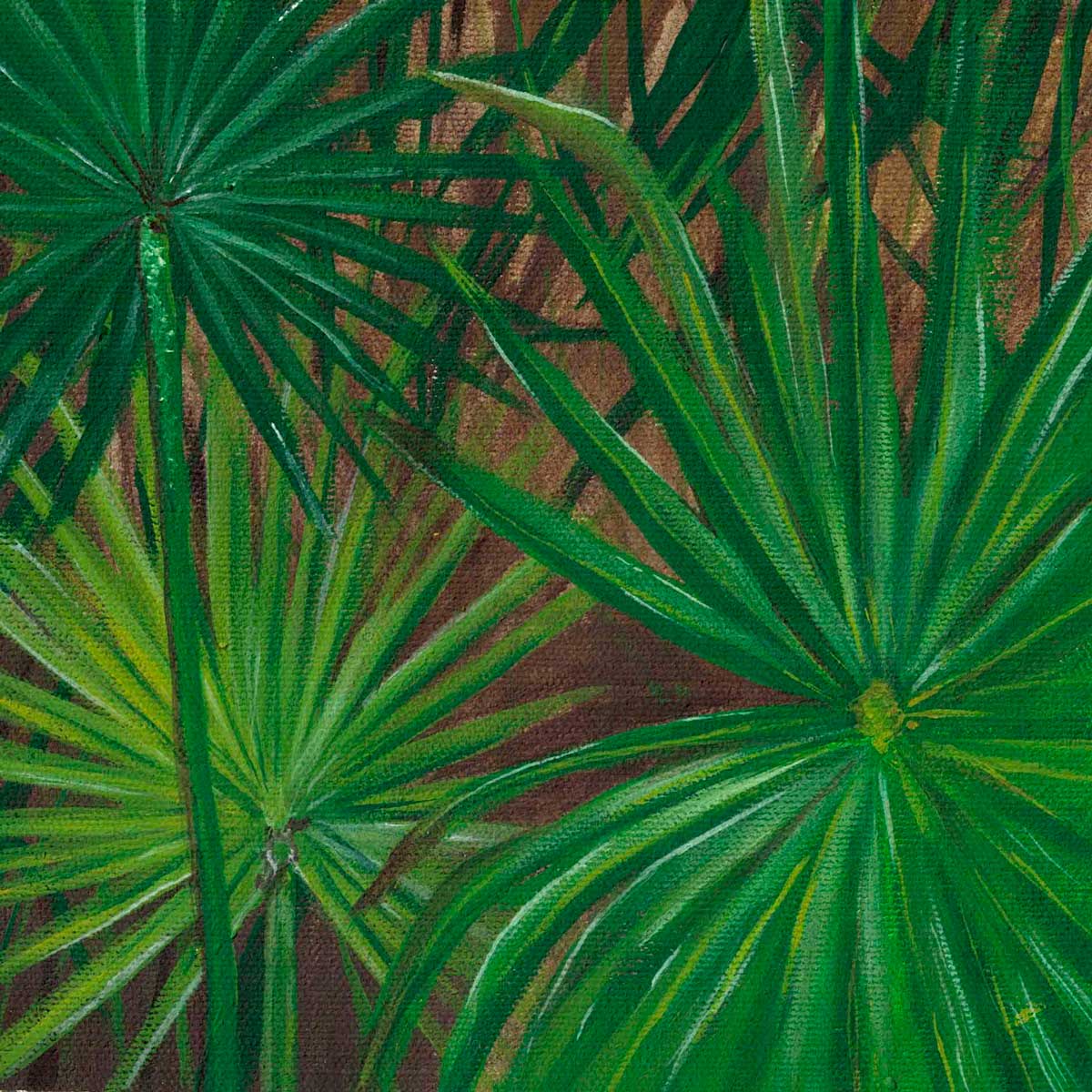
Palma Chiit
The Chit palm is very social, they are always in groups and like the Despeinada (Dishelved), they are native and are also the center of the NOM 059 as a protected species.
This is a slow-growing plant, reaching just 1 meter in height every 10 years. Can byou imagine how long it takes her to reach its average height, which is 7 meters tall?
Still, in some Mayan communities, they use it for some artisanal fishing gear such as the construction of “Cuban houses” used to catch lobsters.

Mulatto stick
It is a resinous tree, up to 35 m high, very useful for reforestation and nutrition for wildlife.
Like many of the trees, plants and animals of the region, the Chacá is the protagonist of one of the most famous Mayan legends: the History of Chechén and Chacá. Do you want to know the story?
Those who know, say that Kinich and Tizic were brothers and fell in love with the same woman, the beautiful Nicte-Ha. One was jovial and kind, the other was cold and angry.
Such was their illusion for the young lady, that they challenged each other to death to win her love. The Gods, seeing them die with so much hatred, decided that one would be reborn in the form of Chechén, a tree whose branches and leaves are poisonous and harm those who touch it; and the other brother would be reborn as a Chacáh, a tree whose sage cures the other's toxicity.
For this reason, whenever you visit the jungle on the Yucatan Peninsula, you will always find a Chechén, and very close to his brother, the Chacáh.
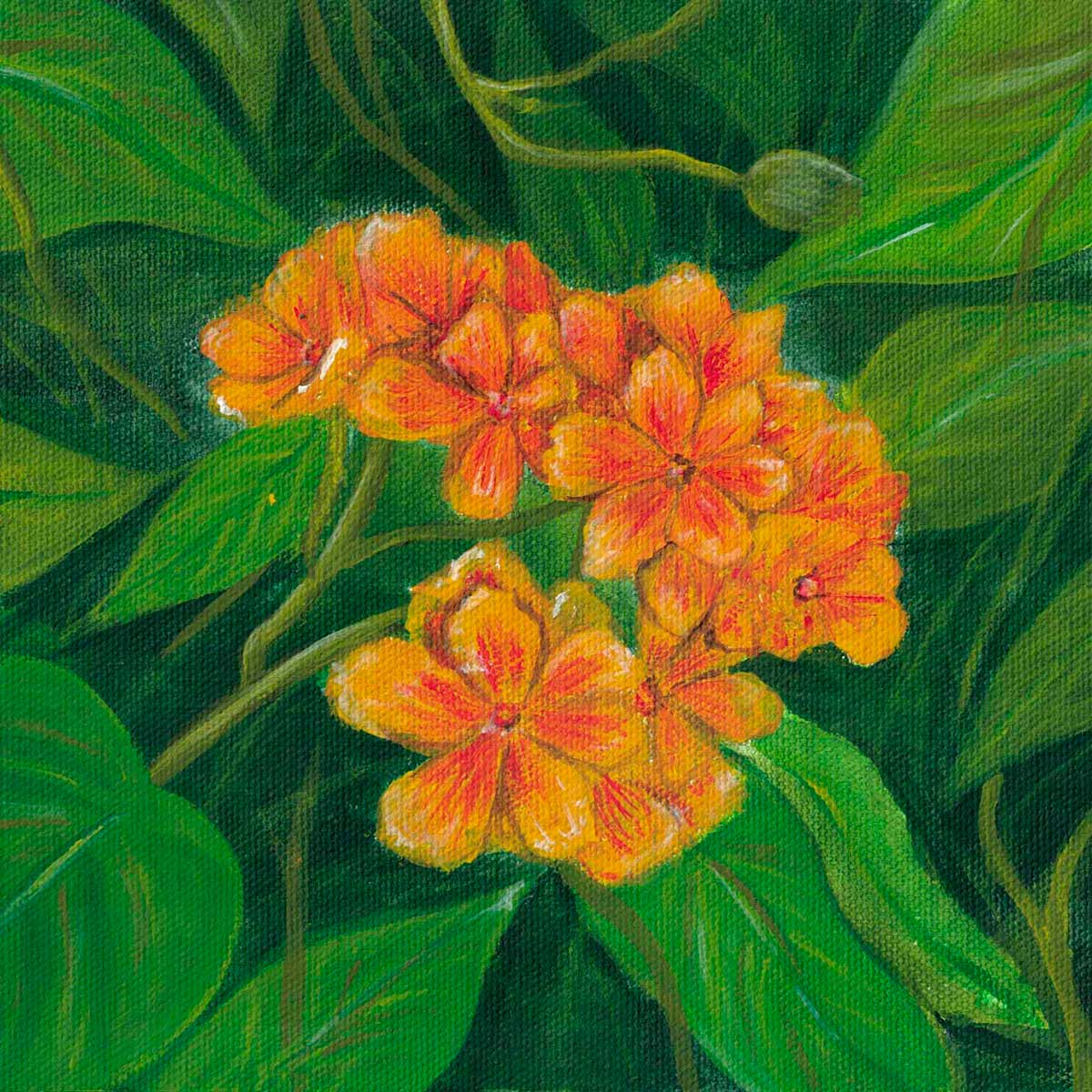
Ciricote
It is a native tree of Mexico, Guatemala, and Belize that can reach up to 30 m height.
Like cedar, mahogany and zapote, it is a timber tree, and although it is grown for ornamental purposes, it is a very generous tree!
The wood is used to make furniture, sleepers for sugar mills and handicrafts. It is also a medicine tree, because the cooked bark is used for remedies for coughs, colds and chills.
With its fruits sweets and jellies are made. The leaves serve as sandpaper or fibers to wash the dishes.
And in 1994, for the 20th Anniversary of Quintana Roo, its flower was chosen as an emblem of the state.
This friend is not wasted at all!
